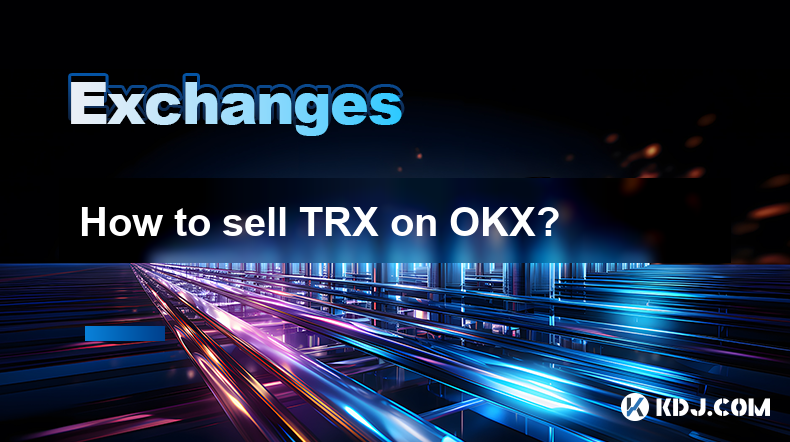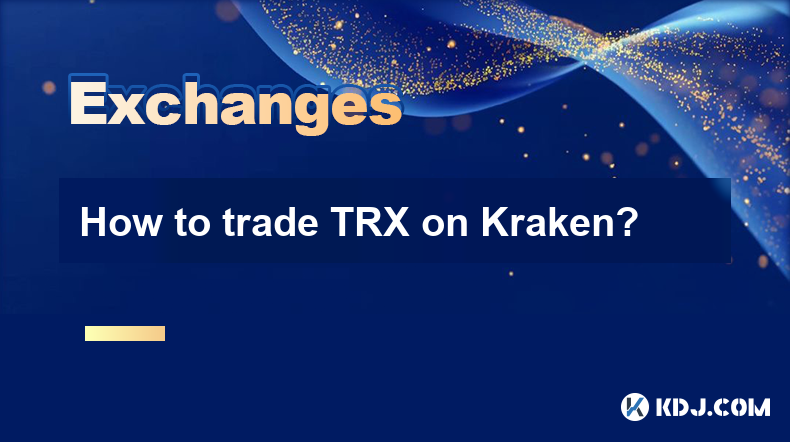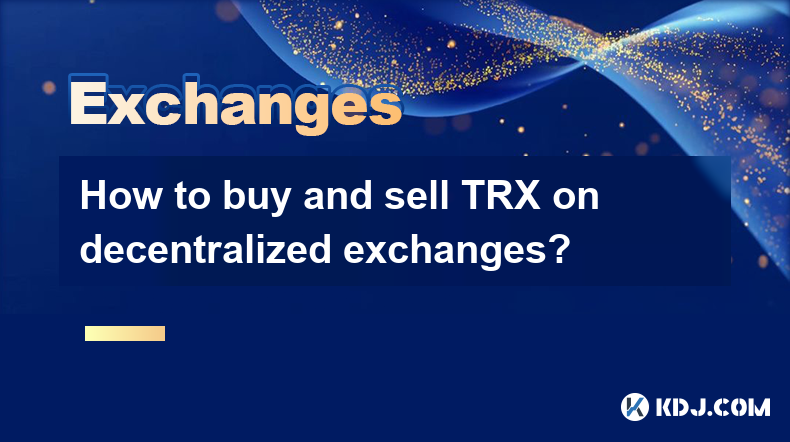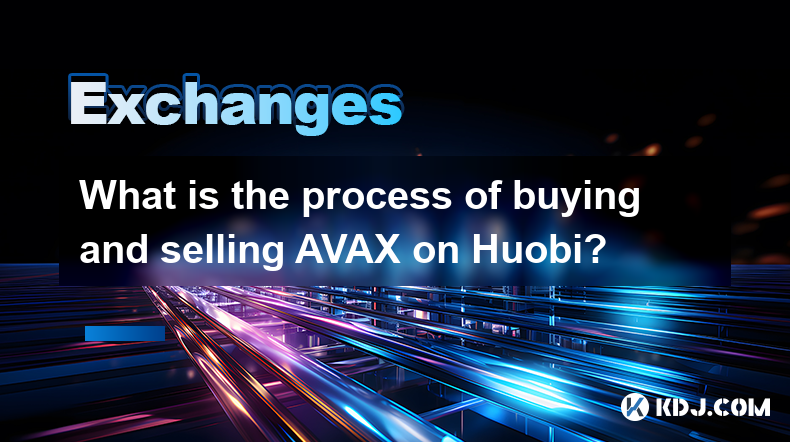-
 Bitcoin
Bitcoin $84,583.3243
-0.72% -
 Ethereum
Ethereum $1,591.3586
-1.35% -
 Tether USDt
Tether USDt $0.9997
-0.01% -
 XRP
XRP $2.0787
-1.05% -
 BNB
BNB $595.7274
0.49% -
 Solana
Solana $133.7408
-1.37% -
 USDC
USDC $1.0000
0.02% -
 Dogecoin
Dogecoin $0.1575
-1.01% -
 TRON
TRON $0.2418
-3.28% -
 Cardano
Cardano $0.6260
-0.33% -
 UNUS SED LEO
UNUS SED LEO $9.2231
2.02% -
 Chainlink
Chainlink $12.6243
-0.28% -
 Avalanche
Avalanche $19.0886
-1.85% -
 Toncoin
Toncoin $3.0199
0.99% -
 Stellar
Stellar $0.2422
0.18% -
 Shiba Inu
Shiba Inu $0.0...01233
2.97% -
 Hedera
Hedera $0.1658
0.29% -
 Sui
Sui $2.1348
-0.88% -
 Bitcoin Cash
Bitcoin Cash $341.3433
2.06% -
 Polkadot
Polkadot $3.6999
0.82% -
 Litecoin
Litecoin $76.6044
0.23% -
 Hyperliquid
Hyperliquid $16.8497
0.59% -
 Dai
Dai $0.9999
-0.02% -
 Bitget Token
Bitget Token $4.3975
0.73% -
 Ethena USDe
Ethena USDe $0.9992
0.01% -
 Pi
Pi $0.6201
0.04% -
 Monero
Monero $217.1377
0.21% -
 Uniswap
Uniswap $5.1947
-1.49% -
 Pepe
Pepe $0.0...07232
-2.26% -
 OKB
OKB $50.4865
-0.49%
How to calculate Binance's contract funding rate?
To calculate Binance's funding rate, use the formula: F = P * clamp(I - P, -0.05%, 0.05%), where I is the interest rate and P is the premium index.
Apr 14, 2025 at 11:00 am

Calculating Binance's contract funding rate is an essential task for traders engaging in futures trading on the platform. Understanding how this rate is calculated can help traders predict potential costs or gains associated with their positions. This article will guide you through the process of calculating the funding rate for Binance's futures contracts, explaining the key components and providing a step-by-step approach to the calculation.
Understanding the Funding Rate
The funding rate is a mechanism used in perpetual futures contracts to ensure that the market price of the futures contract remains closely aligned with the spot price of the underlying asset. This rate is periodically paid between traders, depending on their positions. If the funding rate is positive, long position holders pay short position holders, and if it is negative, short position holders pay long position holders.
Components of the Funding Rate
The funding rate on Binance is calculated using three main components:
- Interest Rate (I): This represents the cost of holding a position and is typically derived from the average of the latest 3-month USDT interest rate and the latest 3-month USDC interest rate.
- Premium Index (P): This is the difference between the perpetual contract's mark price and the spot index price, which helps to align the futures price with the spot price.
- Clamp Function: This function limits the impact of the premium index to prevent extreme funding rates.
The formula for the funding rate (F) is as follows:
[ F = Premium Index (P) + clamp(Interest Rate (I) - Premium Index (P), -0.05%, 0.05%) ]
Calculating the Interest Rate
The interest rate used in the funding rate calculation is typically the average of the latest 3-month USDT and USDC interest rates. These rates can be found on Binance's website or through financial data providers. For example, if the 3-month USDT interest rate is 0.03% and the 3-month USDC interest rate is 0.02%, the interest rate (I) would be calculated as:
[ I = \frac{0.03\% + 0.02\%}{2} = 0.025\% ]
Calculating the Premium Index
The premium index is the difference between the mark price of the perpetual contract and the spot index price. The mark price is a fair price calculated by Binance to prevent manipulation, while the spot index price is the average price of the underlying asset across multiple exchanges. For example, if the mark price of a Bitcoin perpetual contract is $50,000 and the spot index price is $49,900, the premium index (P) would be:
[ P = \frac{50,000 - 49,900}{49,900} \times 100\% = 0.20\% ]
Applying the Clamp Function
The clamp function is used to limit the impact of the premium index on the funding rate. It ensures that the difference between the interest rate and the premium index does not exceed a certain range. The clamp function is defined as:
[ \text{clamp}(x, a, b) = \begin{cases}
a & \text{if } x < a \
x & \text{if } a \leq x \leq b \
b & \text{if } x > b
\end{cases} ]
In the context of the funding rate calculation, the clamp function is applied to the difference between the interest rate and the premium index, with the limits set at -0.05% and 0.05%. For example, if the interest rate is 0.025% and the premium index is 0.20%, the difference is:
[ 0.025\% - 0.20\% = -0.175\% ]
Applying the clamp function:
[ \text{clamp}(-0.175\%, -0.05\%, 0.05\%) = -0.05\% ]
Calculating the Funding Rate
Now that we have all the components, we can calculate the funding rate using the formula:
[ F = 0.20\% + (-0.05\%) = 0.15\% ]
This means that the funding rate for this particular period is 0.15%. If you hold a long position, you would pay 0.15% of your position's value to short position holders, and if you hold a short position, you would receive 0.15% from long position holders.
Practical Example of Funding Rate Calculation
To illustrate the process, let's go through a practical example of calculating the funding rate for a Bitcoin perpetual contract on Binance.
- Interest Rate (I): Assume the 3-month USDT interest rate is 0.03% and the 3-month USDC interest rate is 0.02%. The interest rate would be:
[ I = \frac{0.03\% + 0.02\%}{2} = 0.025\% ]
- Premium Index (P): Assume the mark price of the Bitcoin perpetual contract is $50,000 and the spot index price is $49,900. The premium index would be:
[ P = \frac{50,000 - 49,900}{49,900} \times 100\% = 0.20\% ]
- Clamp Function: The difference between the interest rate and the premium index is:
[ 0.025\% - 0.20\% = -0.175\% ]
Applying the clamp function:
[ \text{clamp}(-0.175\%, -0.05\%, 0.05\%) = -0.05\% ]
- Funding Rate (F): The funding rate would be:
[ F = 0.20\% + (-0.05\%) = 0.15\% ]
Using Binance's API to Calculate Funding Rate
Binance provides an API that allows traders to access real-time data, including the funding rate. Here's how you can use the API to calculate the funding rate:
- Step 1: Register for a Binance API key and secret key.
- Step 2: Use the Binance API to fetch the necessary data, including the mark price, spot index price, and interest rates.
- Step 3: Calculate the premium index using the fetched data.
- Step 4: Apply the clamp function to the difference between the interest rate and the premium index.
- Step 5: Calculate the funding rate using the formula provided.
Here is a sample Python code snippet to illustrate the process:
import requestsAPI endpoint for fetching mark price and index price
url = "https://fapi.binance.com/fapi/v1/premiumIndex"
response = requests.get(url)
data = response.json()
Extract mark price and index price
mark_price = float(data['markPrice'])
index_price = float(data['indexPrice'])
Calculate premium index
premium_index = (mark_price - index_price) / index_price * 100
Fetch interest rates
usdt_rate = 0.03 # Example 3-month USDT interest rate
usdc_rate = 0.02 # Example 3-month USDC interest rate
interest_rate = (usdt_rate + usdc_rate) / 2
Apply clamp function
difference = interest_rate - premium_index
clamped_difference = max(-0.05, min(0.05, difference))
Calculate funding rate
funding_rate = premium_index + clamped_difference
print(f"Funding Rate: {funding_rate}%")
Frequently Asked Questions
Q1: How often is the funding rate calculated and paid on Binance?
The funding rate on Binance is typically calculated and paid every 8 hours. This means that traders need to be aware of the timing of these payments to manage their positions effectively.
Q2: Can the funding rate be negative, and what does it mean if it is?
Yes, the funding rate can be negative. If the funding rate is negative, it means that short position holders pay long position holders. This typically occurs when the perpetual contract's price is lower than the spot price.
Q3: How does the funding rate affect my trading strategy?
The funding rate can significantly impact your trading strategy, especially if you hold positions for an extended period. A high positive funding rate can increase the cost of holding a long position, while a high negative funding rate can increase the cost of holding a short position. Traders need to factor in these costs when planning their trades.
Q4: Are there any tools or resources available to help track the funding rate on Binance?
Yes, Binance provides several tools and resources to help traders track the funding rate. You can use the Binance website, mobile app, or API to access real-time funding rate data. Additionally, there are third-party tools and platforms that aggregate and display funding rate information for various exchanges, including Binance.
Disclaimer:info@kdj.com
The information provided is not trading advice. kdj.com does not assume any responsibility for any investments made based on the information provided in this article. Cryptocurrencies are highly volatile and it is highly recommended that you invest with caution after thorough research!
If you believe that the content used on this website infringes your copyright, please contact us immediately (info@kdj.com) and we will delete it promptly.
- Ripple President Monica Long Compares the Energy Conservation Capabilities of XRP and Bitcoin
- 2025-04-19 02:20:13
- WEMIX, a blockchain gaming token, continues to face regulatory headwinds in South Korea due to a controversial hack and delayed communication by its issuer, Wemade.
- 2025-04-19 02:20:13
- Auradine Unveils AuraLinks AI Business Unit to Focus on Open-Standards-Based Networking Solutions for Next-Generation Data Centers
- 2025-04-19 02:15:13
- Altseason Could Finally Arrive in Q2 2025 as Regulations Evolve to Revive the Sector
- 2025-04-19 02:15:13
- Shiba Inu (SHIB) Price History Shows the Next Few Months Might Not Be Kind to SHIB Holders
- 2025-04-19 02:10:13
- Solana (SOL) Ecosystem Sees Surprising Fund Inflow
- 2025-04-19 02:10:13
Related knowledge

How to sell TRX on OKX?
Apr 18,2025 at 11:07pm
Selling TRX on OKX is a straightforward process that can be completed in a few simple steps. This article will guide you through the entire process, ensuring that you understand each step thoroughly. Whether you are a beginner or an experienced trader, this guide will help you navigate the OKX platform with ease. Preparing to Sell TRX on OKXBefore you c...

How to trade TRX on Kraken?
Apr 19,2025 at 02:00am
Trading TRX on Kraken involves several steps, from setting up your account to executing your first trade. Here's a detailed guide on how to get started and successfully trade TRX on the Kraken platform. Setting Up Your Kraken AccountBefore you can start trading TRX on Kraken, you need to set up an account. Here's how to do it: Visit the Kraken website a...

How to buy and sell TRX on decentralized exchanges?
Apr 18,2025 at 08:08pm
Introduction to TRX and Decentralized ExchangesTRX, or Tron, is a popular cryptocurrency that aims to build a decentralized internet and entertainment ecosystem. Decentralized exchanges (DEXs) offer a way to trade cryptocurrencies like TRX without the need for a central authority, providing greater privacy and control over your funds. In this article, w...

What is the process of buying and selling AVAX on Huobi?
Apr 18,2025 at 07:50pm
Understanding AVAX and Huobi Before diving into the process of buying and selling AVAX on Huobi, it's essential to understand what these terms mean. AVAX is the native cryptocurrency of the Avalanche blockchain, a platform designed for decentralized applications and custom blockchain networks. Huobi, on the other hand, is a leading global cryptocurrency...

Digital currency exchange trading volume and reputation ranking in 2025
Apr 18,2025 at 01:38pm
In 2025, trading volume and reputation have become the two key indicators for measuring the quality of the exchange. Trading volume reflects the activity and market acceptance of the exchange, while reputation represents the user's trust and security of the exchange. According to the latest statistics, the trading volume of global digital currency e...

Comprehensive evaluation of the best cryptocurrency exchanges in 2025
Apr 18,2025 at 01:33pm
In 2025, the rapid development of the cryptocurrency market has made competition between exchanges increasingly fierce, and each platform is constantly improving its services and functions to attract more users. Security, transaction fees, user experience and supported cryptocurrencies are the key considerations when choosing an exchange. This article w...

How to sell TRX on OKX?
Apr 18,2025 at 11:07pm
Selling TRX on OKX is a straightforward process that can be completed in a few simple steps. This article will guide you through the entire process, ensuring that you understand each step thoroughly. Whether you are a beginner or an experienced trader, this guide will help you navigate the OKX platform with ease. Preparing to Sell TRX on OKXBefore you c...

How to trade TRX on Kraken?
Apr 19,2025 at 02:00am
Trading TRX on Kraken involves several steps, from setting up your account to executing your first trade. Here's a detailed guide on how to get started and successfully trade TRX on the Kraken platform. Setting Up Your Kraken AccountBefore you can start trading TRX on Kraken, you need to set up an account. Here's how to do it: Visit the Kraken website a...

How to buy and sell TRX on decentralized exchanges?
Apr 18,2025 at 08:08pm
Introduction to TRX and Decentralized ExchangesTRX, or Tron, is a popular cryptocurrency that aims to build a decentralized internet and entertainment ecosystem. Decentralized exchanges (DEXs) offer a way to trade cryptocurrencies like TRX without the need for a central authority, providing greater privacy and control over your funds. In this article, w...

What is the process of buying and selling AVAX on Huobi?
Apr 18,2025 at 07:50pm
Understanding AVAX and Huobi Before diving into the process of buying and selling AVAX on Huobi, it's essential to understand what these terms mean. AVAX is the native cryptocurrency of the Avalanche blockchain, a platform designed for decentralized applications and custom blockchain networks. Huobi, on the other hand, is a leading global cryptocurrency...

Digital currency exchange trading volume and reputation ranking in 2025
Apr 18,2025 at 01:38pm
In 2025, trading volume and reputation have become the two key indicators for measuring the quality of the exchange. Trading volume reflects the activity and market acceptance of the exchange, while reputation represents the user's trust and security of the exchange. According to the latest statistics, the trading volume of global digital currency e...

Comprehensive evaluation of the best cryptocurrency exchanges in 2025
Apr 18,2025 at 01:33pm
In 2025, the rapid development of the cryptocurrency market has made competition between exchanges increasingly fierce, and each platform is constantly improving its services and functions to attract more users. Security, transaction fees, user experience and supported cryptocurrencies are the key considerations when choosing an exchange. This article w...
See all articles
























































































